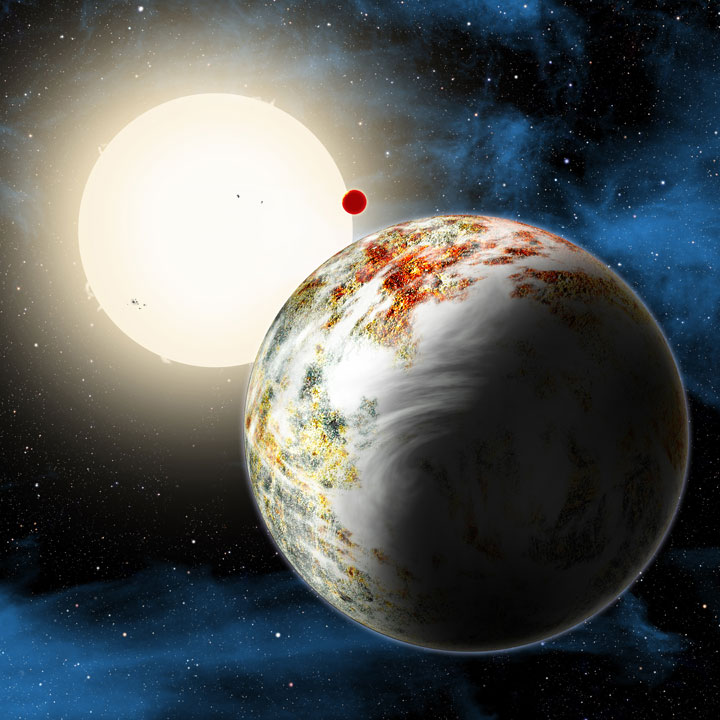TORONTO – On Monday, astronomers announced the discovery of a mega-Earth — a rocky world 17 times the mass of our own planet.

“We were very surprised when we realized what we had found,” said astronomer Xavier Dumusque of the Harvard-Smithsonian Center for Astrophysics (CfA), who led the data analysis and made the discovery.
READ MORE: Water discovered on asteroid points to habitable exoplanets
Theorists believed that rocky worlds of this mass were impossible because they would instead grab gases and form as a gas giant like Jupiter.
The massive Earth, Kepler 10c, lies about 560 light years from Earth in the constellation Drago. It orbits its sun-like star once every 45 days.
When it was first discovered by the Kepler Space Telescope, the diameter was calculated to be about 29,000 kilometres, or about 2.3 times the size of our own planet. Scientists believed it to be surrounded by thick gas, and categorized it as a mini-Neptune, the 8th planet in our solar system.
Further analysis found that the planet weighed 17 times that of Earth, which was much more massive than initially believed — or thought possible — which means that it must be composed of rock and other dense material.
“Just when you think you’ve got it all figured out, nature gives you a huge surprise -– in this case, literally,” said Natalie Batalha, Kepler mission scientist at NASA’s Ames Research Center in Moffett Field, California. “Isn’t science marvellous?”


Comments